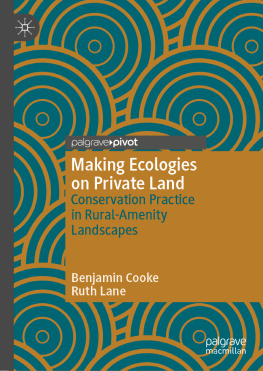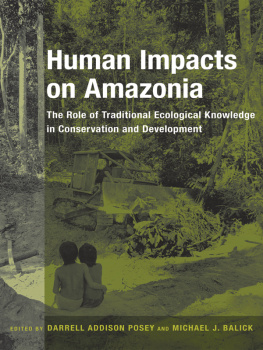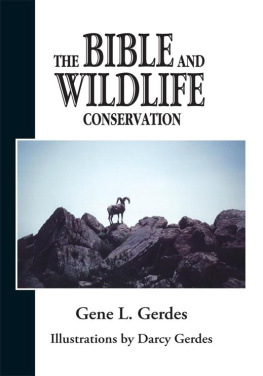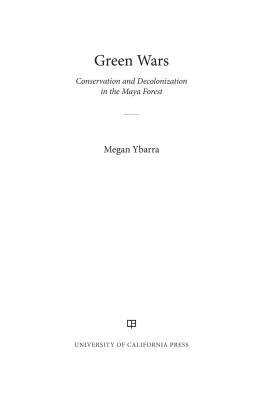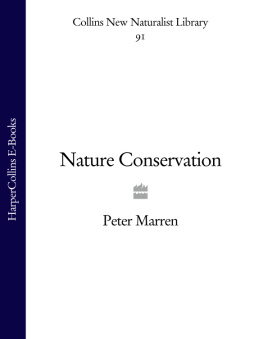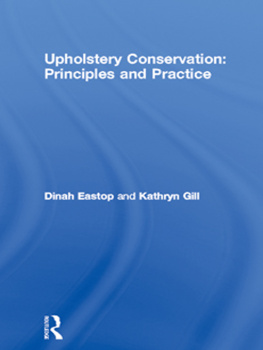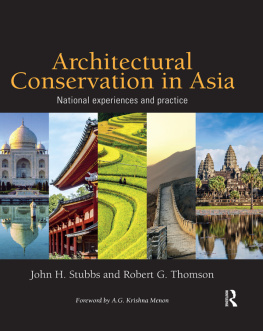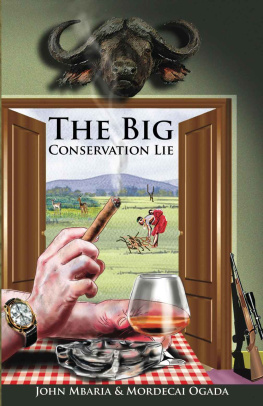Benjamin Cooke and Ruth Lane
Making Ecologies on Private Land
Conservation Practice in Rural-Amenity Landscapes
Benjamin Cooke
School of Global, Urban and Social Studies, RMIT University, Melbourne, VIC, Australia
Ruth Lane
School of Social Sciences, Monash University, Melbourne, VIC, Australia
ISBN 978-3-030-31217-6 e-ISBN 978-3-030-31218-3
https://doi.org/10.1007/978-3-030-31218-3
The Editor(s) (if applicable) and The Author(s), under exclusive license to Springer Nature Switzerland AG 2020
This work is subject to copyright. All rights are solely and exclusively licensed by the Publisher, whether the whole or part of the material is concerned, specifically the rights of translation, reprinting, reuse of illustrations, recitation, broadcasting, reproduction on microfilms or in any other physical way, and transmission or information storage and retrieval, electronic adaptation, computer software, or by similar or dissimilar methodology now known or hereafter developed.
The use of general descriptive names, registered names, trademarks, service marks, etc. in this publication does not imply, even in the absence of a specific statement, that such names are exempt from the relevant protective laws and regulations and therefore free for general use.
The publisher, the authors and the editors are safe to assume that the advice and information in this book are believed to be true and accurate at the date of publication. Neither the publisher nor the authors or the editors give a warranty, expressed or implied, with respect to the material contained herein or for any errors or omissions that may have been made. The publisher remains neutral with regard to jurisdictional claims in published maps and institutional affiliations.
Cover illustration: John Rawsterne/patternhead.com
This Palgrave Pivot imprint is published by the registered company Springer Nature Switzerland AG
The registered company address is: Gewerbestrasse 11, 6330 Cham, Switzerland
This book provides excellent insights into how landscapes are never still and what this means for people and environment in contemporary rural Australia. It shows how ecological processes, property arrangements, and the experiences of new landowners challenge ideas about nature and the conservation practices that flow from them. With a strong foundation in cultural environmental research, it incisively demonstrates how critical environmental social science can reframe and inform conservation policy and practice.
Associate Professor Nicholas Gill, University of Wollongong
Nature conservation on private land is critical for the long-term survival for so many of our species and ecosystems. Yet our understanding of what motivates private landholders to undertake certain conservation activities is still in its infancy. This book provides an important advance in our understanding of the different and often complex social drivers for this critical activity.
Dr. James Fitzsimons, The Nature Conservancy, Australia
Acknowledgements
The authors would like to acknowledge the people of the Woi wurrung and Boon wurrung language groups of the eastern Kulin Nations on whose unceded lands this work was conducted, respectfully recognising Elders and Ancestors past and present. We would like to thank the landholders who gave their time to chat about conservation and show Ben around their properties, sharing with us the trials and tribulations of caring for ecologies. These landholders and their experiences are the heart of the book. We are extremely grateful to Ingereth Macfarlane for her crucial editorial insights on a draft version, which improved the manuscript greatly. Thanks also to Gabriella Corbo-Perkins for her excellent research assistance on Chapter and to Nicholas Cooke for his help with figure design.
Ben was supported in the writing and research for this book by research leave from the School of Global, Urban and Social Studies, as well as an ARC Discovery Project Grant DP180103118. The 2010 round of empirical research was supported by an ARC Linkage Grant LP0882780, and the 2016 empirical research was partly supported by a grant from the Department of Environment, Land, Water and Planning (DELWP). Finally, Ben would like to thank Rosie and Sonny for their love, and co-author Ruth for her ongoing mentorship and support.
Sections of This Book Draw from the Following Published Material
Chapters draw on themes from the journal article:
Cooke, Benjamin, and Ruth Lane. 2018. PlantHuman Commoning: Navigating Enclosure, Neoliberal Conservation, and Plant Mobility in Exurban Landscapes. Annals of the American Association of Geographers 108 (6): 17151731.
Chapter is based on the journal article:
Cooke, Benjamin, and Ruth Lane. 2015. How Do Amenity Migrants Learn to Be Environmental Stewards of Rural Landscapes? Landscape and Urban Planning 134: 4352.
Chapter is based on the journal article:
Cooke, Benjamin, and Ruth Lane. 2015. Re-Thinking Rural-Amenity Ecologies for Environmental Management in the Anthropocene. Geoforum 65.
Chapter is based on the journal article:
Cooke, Benjamin, and Gabriella Corbo-Perkins. 2018. Co-Opting and Resisting Market Based Instruments for Private Land Conservation. Land Use Policy 70. Elsevier: 172181.
Contents
List of Figures
Chapter 1
Fig. 1 Burgen ( Kunzea Ericiodes ) is seen by Liz to be a healer of disturbed landscapes. This Burgan patch is beginning to senesce, creating opportunity for other plants to grow
Fig. 2 The location of the rural-amenity regions of Victoria where landholders were visited for the field work
Chapter 3
Fig. 1 Integrating nonhuman agency into learning about conservation practice, and the emergence of landholders notions of stewardship. The dashed and overlapping lines reflect that the influences on emergent environment stewardship are not isolated and discrete, but open and inter-related
Fig. 2 The natural regeneration of native acacias (small shrubs in the foreground) resulted in efforts by Alice and Sam to remove thema pile of recently cleared acacias can be seen centre-right. A decade of living in a drought-affected landscape had generated a notion of the Australian bush as a static ecology
Fig. 3 The contrast between the stunted growth of the Japanese maple (foreground) planted by Emma, compared to the flourishing regeneration of surrounding bushland, cemented Emmas passive stewardship disposition
Chapter 4
Fig. 1 Sugar Gums ( Eucalyptus cladoclyx ), located rear centre and right of the image, are beginning to fill the open paddock space in the foreground, that had initially set aside for the natural regeneration of the local the Yellow Gum Species ( Eucalyptus leucoxylon )
Fig. 2 A tussock of native Poa ( Poa labillardierei ) planted by Nick (lower centre image) as part of a restoration project struggles to establish itself amidst the surrounding pasture grasses, dominated by Cocksfoot ( Dactylis glomerata

